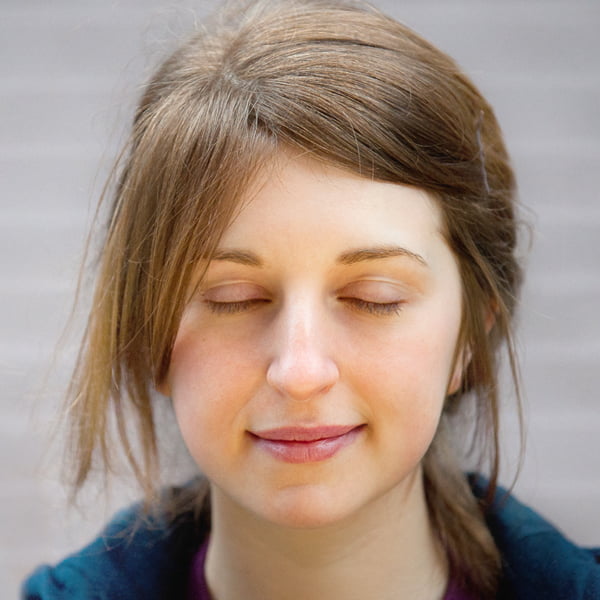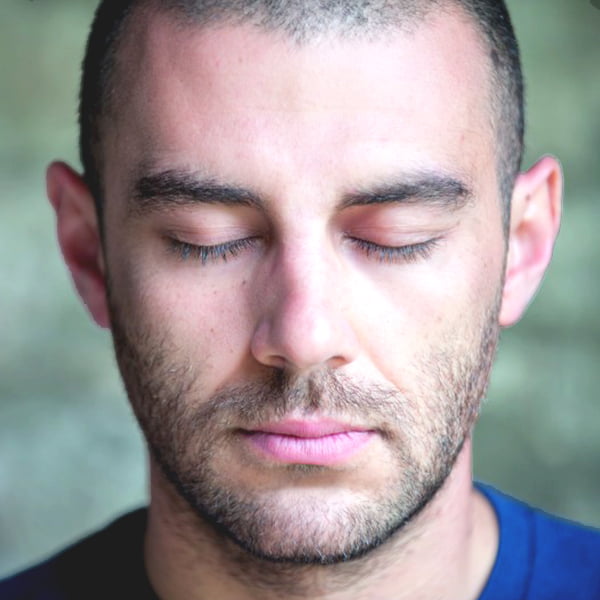Learn to Meditate
The Benefits of Meditation
"So much of the stress and tension we normally experience comes from our mind, and many of the problems we experience, including ill health, are caused or aggravated by this stress. Just by doing breathing meditation for ten or fifteen minutes each day, we will be able to reduce this stress."
"We will experience a calm, spacious feeling in the mind, and many of our usual problems will fall away. Difficult situations will become easier to deal with, we will naturally feel warm and well disposed towards other people, and our relationships with others will gradually improve."
Benefits of Meditation
Why do we need to meditate?
How to meditate
The first stage of meditation is to stop distractions and make our mind clearer and more lucid.
This can be accomplished by practising a simple breathing meditation.
1- Sit in a comfortable position with
your back straight and relaxed.
Rest your hands in your lap,
partially close your eyes and let all
your stress and tension fall away.
2 - Turn your attention inwards and become aware of your breathing. Don’t attempt to control your breathing – just become aware of it, and follow the inhalation and exhalation of your breath.
3- Gradually become aware of the sensation of the breath as it enters and leaves the nostrils. Focus on the sensation of the breath and try to forget about everything else.
4- Remain focussed on the sensation of the breath. If your mind wanders away from the breath, immediately let go of the distraction and come back to the breath.
5- Gradually your distracting thoughts will subside and you will begin to experience a sense of inner peace and relaxation. Stay with this feeling of mental calm for a while.
6- “When the turbulence of distracting thoughts subsides and our mind becomes still, a deep happiness and contentment naturally arises from within” Geshe Kelsang Gyatso, The New Meditation Handbook
Meditation techniques

Contemplation & placement meditation
We begin by contemplating the meaning of a Dharma instruction that we have heard or read. We do this by considering various lines of reasoning, contemplating analogies, and reflecting on the teachings. By deeply contemplating the instruction, eventually we reach a conclusion or cause a specific virtuous state of mind to arise. This is the object of placement meditation. We then concentrate on the object single-pointedly for as long as possible to become deeply acquainted with it.

Visualisation
Sometimes the teacher will introduce simple visualisation techniques. For example, the following simple visualization is practiced in conjunction with a breathing meditation. When we have settled down comfortably we begin by becoming aware of the thoughts and distractions that are arising in our mind. Then we gently turn our attention to our breath, letting its rhythm remain normal.
As we breathe out we imagine that we are breathing away all disturbing thoughts and distractions in the form of black smoke that vanishes in space. As we breathe in we imagine that we are breathing in blessings and inspiration in the form of white light that enters our body and absorbs into our heart. We maintain this visualisation single-pointedly with each inhalation and exhalation for twenty-one rounds, or until our mind has become peaceful and alert.


